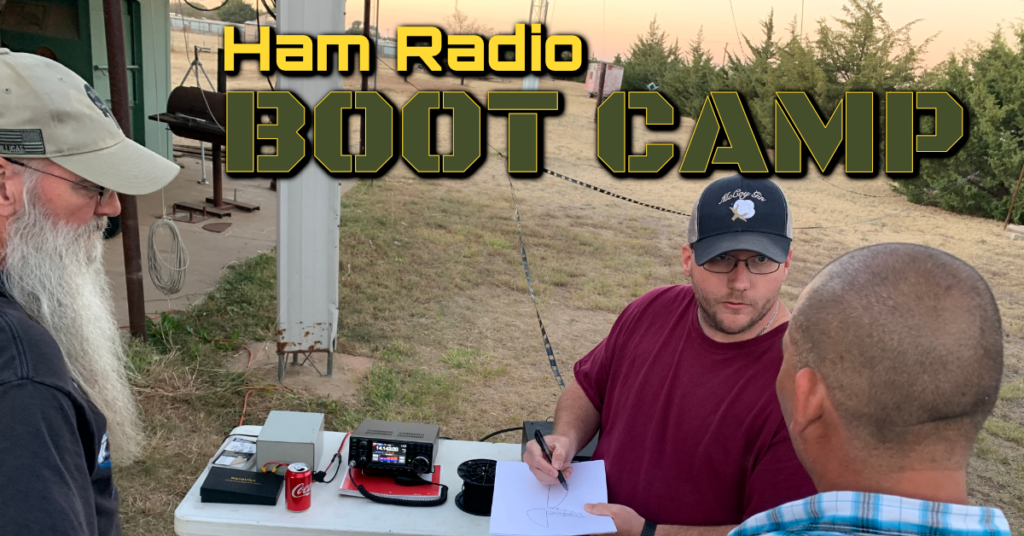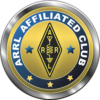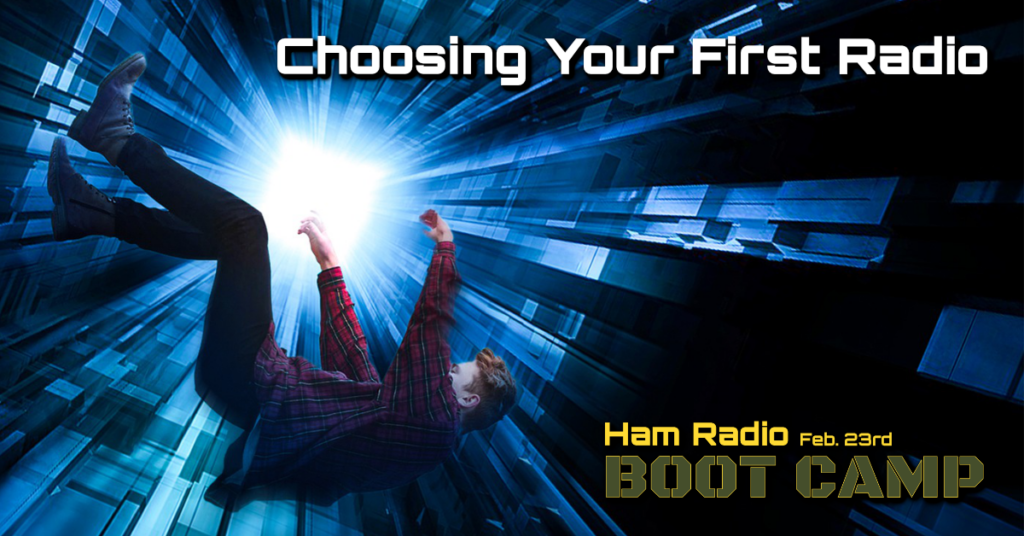
In this Months Ham Radio Boot Camp we will be tackling one of the hardest decisions new Hams make when they first get started in amateur radio. Selecting the right equipment can be incredibly daunting as most new hams don’t know where to start and are limited on experience. Money is also a big factor in choosing a radio. It is hard for people to justify a large investment into a new hobby. Don’t worry. We are going to break it all down. We will discuss all the variables and how those are all dependent on the individual circumstances and limitations each person will bring into the equation.
The first step is the most important. We will need to determine our limiting factors and station requirements. What is your budget? Where will you be spending your time operating, house/car/portable? Do you have an HOA? Is your spouse against having a mast or tower in the yard? Do you have an issue with drilling a hole in the roof of your truck? Are you looking to make new acquaintances or do you have a group of Hams in mind? Do they operate digital or analog? These are a few important questions that will need to be answered before we begin to look at equipment. These types of questions are of the utmost importance and should not be rushed. Later you may have to negotiate/change one or more of your responses here. There is no such thing as the perfect station, rather we are trying to optimize the station based on our limiting factors and the station requirements.
Most new hams assume that hand-held radios are the best option, then a mobile, and finally a base station. For some, this may be the case. But, all too often this is not the case at all. Hand-held radios have a lot going for them. They are light, portable, and some are affordable. However, all the features that make them appealing also have some hard hitting downsides. Hand-held radios are low power at 4-8 watts. Their antennas are compromised for portability. and they rely on battery power. This means that you will struggle talking to stations more than a few miles away and will be reliant on repeaters for longer distances. Going back to those limits and requirements… Who are you trying to talk to? Are they close to you? Do they use a repeater? Can you hit that repeater with your radio?
Mobile Radios are a big improvement in performance compared to the hand-held. They are normally 50 watts and can run off of batteries, alternator, or a power supply for home use. These radios can also handle a longer duty cycle for extended use. They require an external power source, feed-line, and external antenna. Mobile antennas also offer a big improvement compared to a hand-held. Lets throw some wild numbers out there and say a hand-held has a range in town of 2-7 miles. A mobile radio in a car with a 40″ antenna will have a range of 7-14 miles. Taking it a step further, A mobile radio used in a home base station with a 30′ mast and a middle of the road base antenna would roughly double that range again at 14-30 miles. you can start to see how a basic base station is far superior to a hand-held in performance. furthermore, when you look at maximizing the performance of these 3 types of stations, it is possible to double all these numbers for each type of station with the right equipment if you don’t run into limitations.
Now, lets look at the cost of these radio stations. Hand-held radios can be had as cheap as $30. If this is what you are looking for or all you can afford, i would suggest throwing in an upgraded antenna right from the start. It will bring that $30 price tag up to $50 for a very basic dual band radio. If you are looking for a higher quality radio they range in price from $75-$250. Adding features like APRS, System Fusion, D-STAR, DMR, or dual receivers can raise the price even more with radios ranging from $250-$800 for some full featured hand-helds. The Anytone AT-D878UV is a full featured radio with dual receivers, GPS/APRS/DMR/ with a price just over $200 making it a very affordable choice in a full featured hand-held.
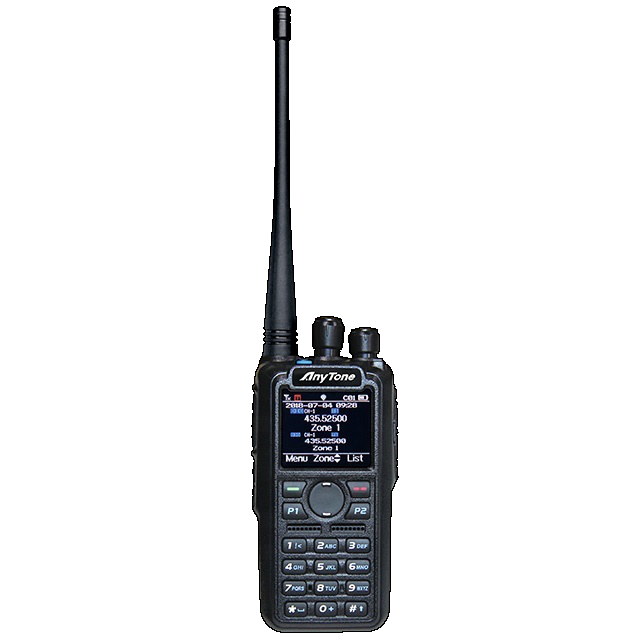
Mobile radios vary in price from $200 for basic 50 watt dual banders to $600 for the top of the line models. ICOM offers some nice D-STAR features allowing bluetooth connectivity with your apple or android phones/tablets allowing gps tracking with off-line mapping, texting, and picture sending along side digital voice starting at $300 (BT chip is extra) for the ICOM ID-4100a model. In most instances UHF/VHF mobiles are used for base station radios as there are few options for actual table top models.
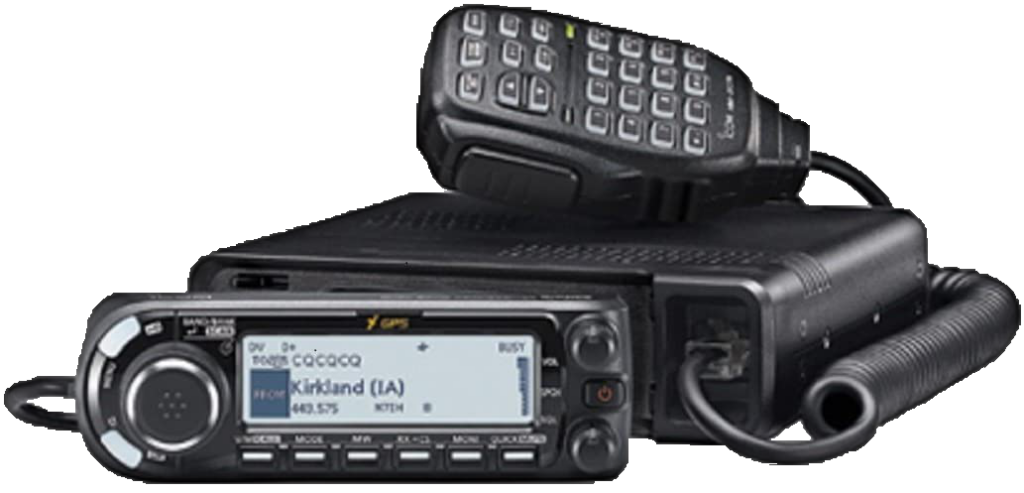
The only base station UHF/VHF radio that I am aware of is the ICOM IC-9700. It has a hefty price tag of $1500 but does offer some serious extras. It boasts tri-band, dual receive, 100 watts, all mode, D-STAR, color touch screen with a spectrum scope and waterfall so you can monitor the entire band visually while listening to a specific frequency.
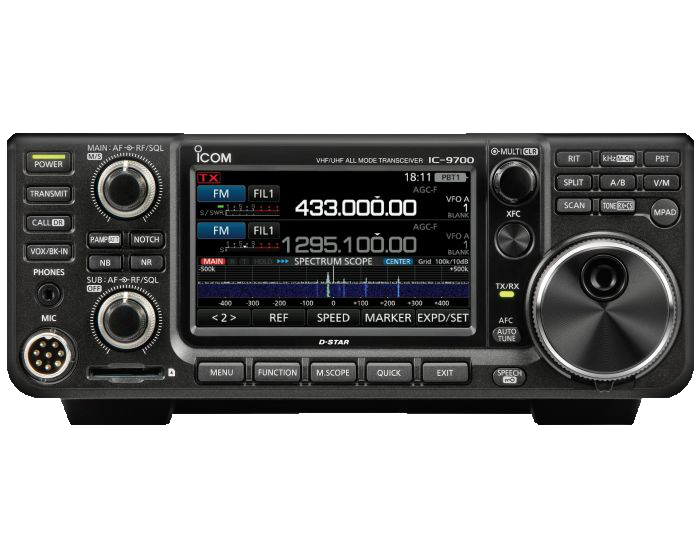
Join us for Boot Camp Tuesday Feb. 23rd at 7pm to dive into this topic further. This class is a great opportunity for new hams to get a head start and learn from experienced radio operators. We will cover the most valuable skills to get you up and running right the first time.
Ham Radio Boot Camp goes out as a blog post every month with a new topic. These topics are also discussed on our slack workspace. If you need advise or have questions, this is a great place to air those questions. Then, on the 4th Tuesday of every month at 7pm, LARC hosts a Ham Radio Boot Camp Class to dive into these topics further in person.
Click the slack link below to join LARC’s slack workspace. Once you are on our workspace join the #boot-camp channel. This app will put you in a chat room with folks who can answer questions or help with tips and pointers.
For more information or questions about Ham Radio Boot Camp, please contact Brandon Kimbrell K5BEK by phone or email.
See More From LARC
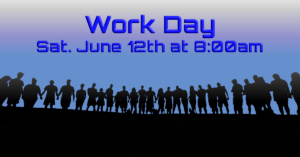
LARC has planned a work day Saturday June 12th at 8:00am to mow the grounds at the clubhouse. Please bring your mowers and weed-eaters to
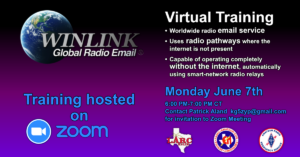
Virtual Winlink Training Class When: Monday June 7th @ 6:00 PM CT Where: Virtually on Zoom Who: Anyone interested in Winlink may attend this free
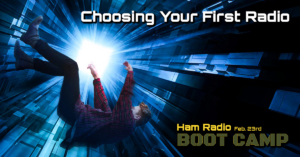
In this Months Ham Radio Boot Camp we will be tackling one of the hardest decisions new Hams make when they first get started in

This first Ham Radio Boot Camp will be short and sweet as we only have a few days until the January 26, Boot Camp. With

Field Day is not just for summertime anymore. Winter Field Day, sponsored by the Winter Field Day Association (WFDA), will take place over the January
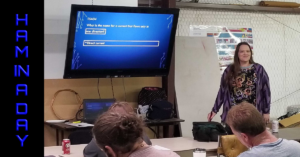
If you are studying for your technician amateur license or are interested in learning more to obtain your license, then this class is for you.
Contest Calendar
- Phone Weekly Test
0230Z-0300Z, Apr 17
- A1Club AWT
1200Z-1300Z, Apr 17
- CWops Test (CWT)
1300Z-1400Z, Apr 17
- VHF-UHF FT8 Activity Contest
1700Z-2100Z, Apr 17
- Mini-Test 40
1700Z-1759Z, Apr 17
- Mini-Test 80
1800Z-1859Z, Apr 17
- RSGB 80m Club Championship, SSB
1900Z-2030Z, Apr 17
- CWops Test (CWT)
1900Z-2000Z, Apr 17
- Walk for the Bacon QRP Contest
0000Z-0100Z, Apr 18 and 0200Z-0300Z, Apr 19
- CWops Test (CWT)
0300Z-0400Z, Apr 18




